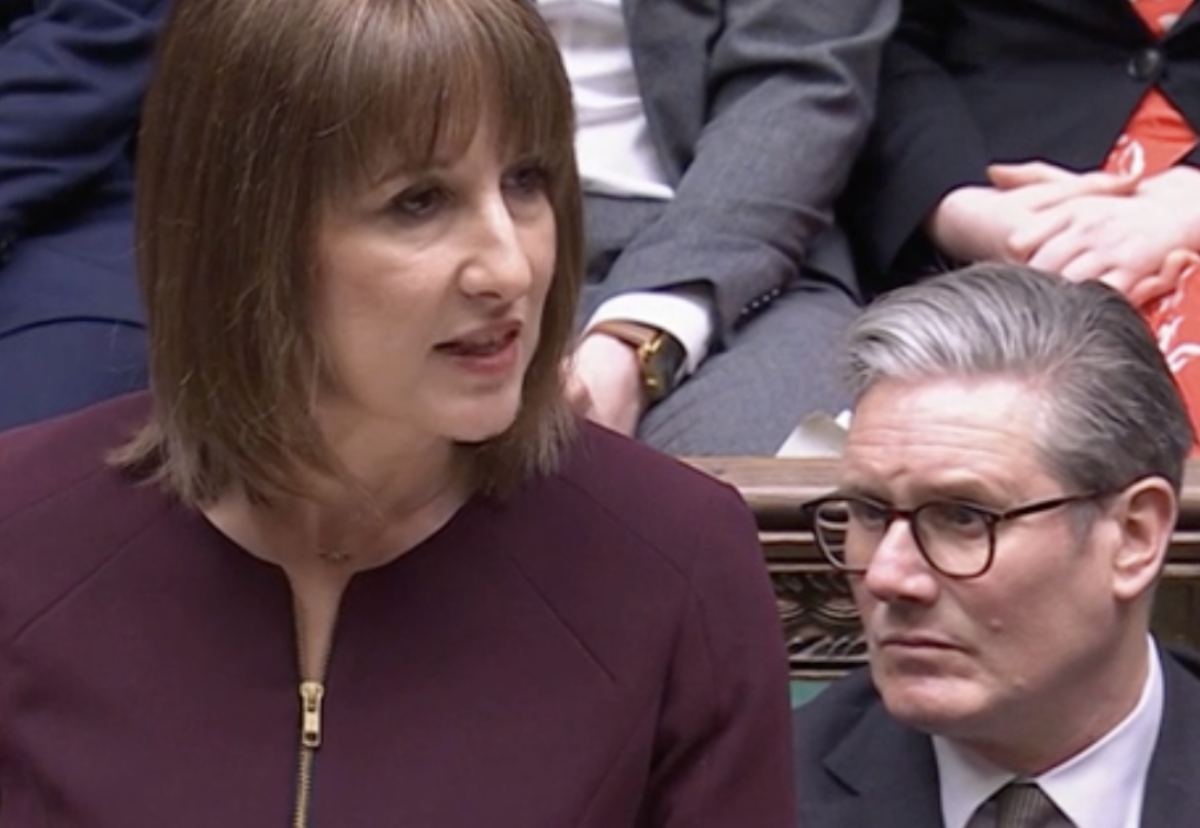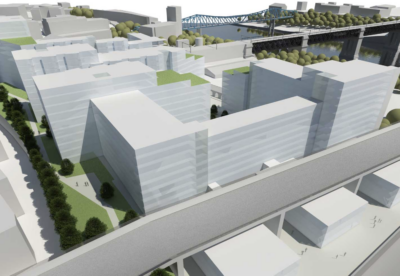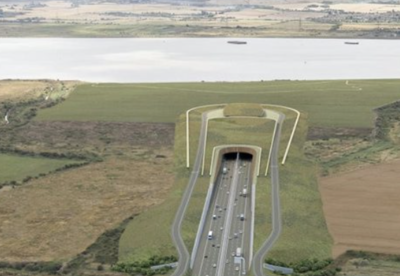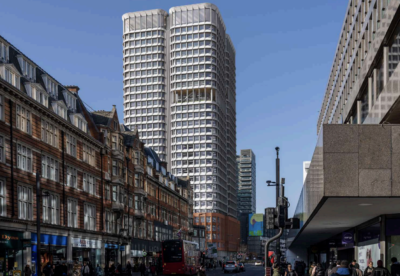Coming on top of the £100bn announced at Autumn Budget, this will deliver projects needed to catalyse private investment, boost growth and drive forward the UK’s modern industrial strategy, said Reeves.
Much of the extra spending will go to defence investment.
Although she said there would be some defence dividend for construction in plans to upgrade military family homes in Plymouth, Aldershot and York. Portsmouth’s naval base will also be significantly modernised.
Infrastructure and housing will see an extra £4.65bn, mostly loaded into the later years of the Parliament.
This includes an extra £2bn for 2026-27 paid down in advance to avoid the cliff edge in affordable housing funding announced yesterday.
The Spring Spending Review also revealed the Government expects to raise around £645m in three years from the new Building Safety Levy being imposed on housing developers from October 2026.
A breakdown of how headline spending will be allocated across the key Whitehall spending department will be revealed on 11 June when there could still be winners and losers across the industry’s main work sectors.
Reeves also announced economic watchdog, the Office for Budget Responsibility, has estimated that the planning reforms included in the government’s National Planning and Policy Framework would lead to a big uplift in new homes over the forecast period.
Reeves said: “The OBR has concluded that our reforms will lead to house building reaching a forty-year high of 305,000 a year by the end of the forecast period.
And changes to the National Planning Policy Framework alone will help build over 1.3 million homes in the UK over the next five years taking us within touching distance of delivering our manifesto promise to build 1.5 million homes in England in this parliament.
This alone would increase the level of real GDP by 0.2% by 2029-30, adding £6.8bn to the economy, and by over 0.4% in 2034-35.


















































 MPU 300_250px.gif)






